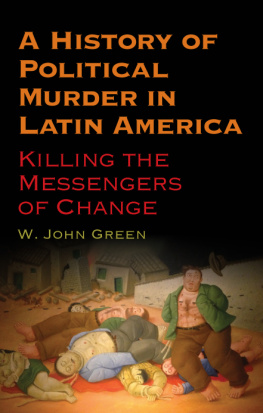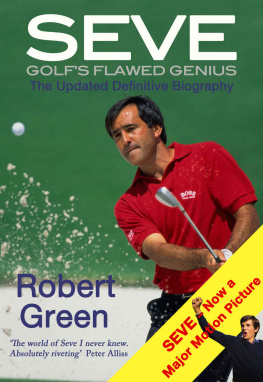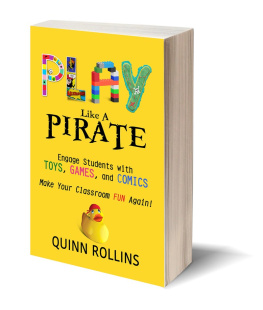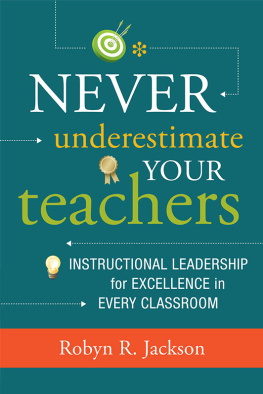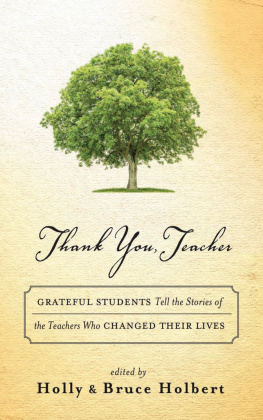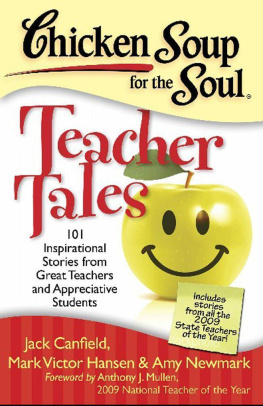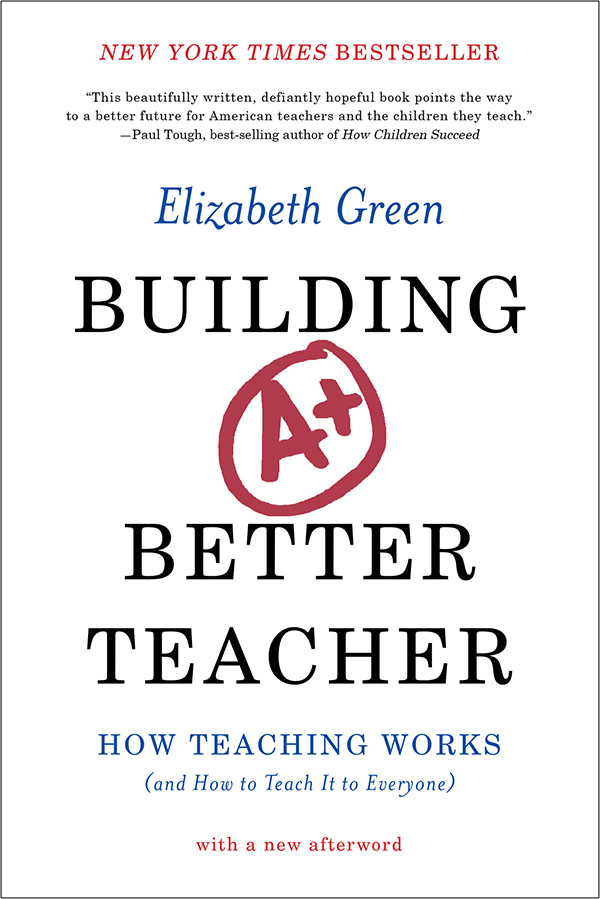
The teaching I write about in this book is not mine alone, Magdalene Lampert declares in the opening of her book, Teaching Problems and the Problems of Teaching . To crib her one last time, this book is not mine alone.
Thank you to those who opened your hearts, minds, and classrooms and became my teachers as well as my sources. The list is led by but in no way limited to Deborah Loewenberg Ball, David Cohen, Pam Grossman, Magdalene Lampert, Doug Lemov, Drew Martin, Rousseau Mieze, and Akihiko Takahashi. You gave me the most incredible gift, and I have tried my best to give it back to everyone who reads this book.
Thank you to Aaron Pallas for introducing me to Deborah Ball, and to Norman Atkins and David Levin for introducing me to Doug Lemov.
Thank you to the many people who provided the time, space, and resources that this project required. Paul Tough gave me the magazine assignment that became the book and then committed his trademark grit to seeing me through to the very bitter end, despite many moments when giving up would have been substantially easier. Paul also introduced me to Vera Titunik, another terrific editor whose mark lasts here. My superstar agent, Alia Hanna Habib, along with David McCormick, helped me see that what began as a magazine story could become a book and then shepherded me into just the right hands. Those belonged to Tom Mayer, whose expert knowledge and skillpoured into innumerable editing sessionswill be examined in our next collaboration, Building a Better Editor . Thank you also to Louise Brockett, Erin Lovett, Ryan Harrington, Stephanie Hiebert, and the rest of the incredible team at W. W. Norton.
Thank you to LynNell Hancock, Nicholas Lemann, and the other brilliant minds behind the Columbia Graduate School of Journalisms Spencer Fellowship in education journalism. Thank you to Mike McPherson and the Spencer Foundation for supporting this project not once but twice, not to mention for supporting a healthy portion of the actual research articles that make this book possible. Support from the Abe Fellowship for Journalists at the Social Science Resource Council was invaluable in sending me to Japan and making sure I thrived once I got there; I am especially grateful to Nicole Restrick, Fernando Rojas, and Takuya Toda-Ozaki. Akihiko Takahashi and Toshiakira Fujii generously facilitated many life-changing classroom visits in Tokyo. Also in Tokyo, Yvonne Chang offered translation, interpretation, directions, and good company.
Thank you to team Chalkbeat, especially Philissa Cramer, Alan Gottlieb, Sue Lehmann, and Gideon Stein, for ensuring that I didnt have to give up one dream for another. I am also indebted to Jill Barkin, Daarel Burnette II, Geoff Decker, Scott Elliott, Todd Engdahl, Anna Phillips, Maura Walz, and the ever-growing ranks of our fellow nuance crusaders, all of whom also helped pick up slack when I was away. You have all taught me so much, and you inspire me every single day.
Thank you to the generous friends and colleagues who read this book in early and last-minute stages and made it so much better with your commentsnamely, Drew Bailey, Jessica Campbell, David Cohen, Philissa Cramer, Rachel Dry, Nick Ehrmann, Alia Hanna Habib, Ryan Hill, Timothy Pittman, Andy Snyder, Emma Sokoloff-Rubin, Ira Stoll, Paul Tough, and Maura Walz. I am also in debt to Elana Eisen-Markowitz, Nitzan Pelman, and Dale Russakoff for conversations that left a big impression.
Thank you to Jessica Campbell. Your research assistance and fact-checking improved this book from start to finish.
Thank you to my teachers, especially (in order of appearance) Lesley Wagner, Ralph Bunday, Nanette Dyas, John Mathwin, and Darra Mulderry, who added immeasurable value.
Thank you to my friends, who kept me grounded and understood every time I could not leave my apartment.
Thank you to the Epstein family for unwavering support and many quiet writing rooms.
Thank you to my grandparentsincluding, among them, three first-generation college graduates, a normal school alum, a nonprofit media entrepreneur, and a former math teacher.
Thank you to Andrea Weiss, John Green, Daniel Green, and Benjamin Green, my first and best teachers, readers, fact-checkers and friends.
Finally, thank you to David Epstein, who teaches by example and looks at me with love in his heart.
WHAT BETTER
TEACHERS DO
T he incredible afterlife of Building a Better Teacher has meant a role reversal for me. As a journalist, I usually ask the questions. Now I find myself expected to answer them. The most popular, posed in a hundred different varieties, is simple but powerful: Now what?
Teachers, parents, school board members, philanthropists, and an encouragingly large number of citizens with no direct ties to schoolsthey all want to know what they can do to help great teaching thrive.
The question contains a deeper impulse. People dont just want to know how they can contribute. They also want help picturing what a transformed educational reality could look like. They want, in other words, not only a road map, but a postcard from the better future. In that spirit, I offer the following five bullet points describing how to know a better teacher when you see one.
Better teachers...
1... are as curious about wrong answers as they are about right answersand they encourage students to make mistakes.
Of all the insights Deborah Loewenberg Ball has generated since first stepping inside a classroom in 1975, perhaps the most profound came in 1999, when she and some colleagues created a simple math testnot for students, but for teachers. Instead of asking only for the right answers to math problems, the test also asked teachers to analyze the missteps of students who had given wrong ones.
Why, for example, would a third-grader think that 307 minus 168 equals 261, when the answer is actually 139? To help correct this common error, teachers needed to know that students often fail to subtract the correct number, always taking away the smaller number from the larger one no matter where they are placedin this example, for instance, subtracting 7 from 8 rather than 8 from 7, and 0 from 6 instead of 6 from 0. They also needed to know what misunderstanding the error reflects (a failure to grapple with the meaning of place value, in this case) and what they might do to help the student understand the math correctly.
Great teaching, in other words, requires more than simply knowing a subject very well. To help other people understand, teachers also must reverse-engineer students mistakes, mapping through the likely thought patterns and misfires, and then figure out how to untangle them. Just as important, they have to create an atmosphere in which making mistakes is not only comfortable, but encouraged. Otherwise, they have no way to peek inside students minds and learn what they dont yet understand.
When Deborah and her team gave their test to elementary school math teachers, they found that those who scored highest also managed to help their students learn the most math. The best teachers even outscored professional mathematicians.
2... override accepted social codes.
One of the first of many aha! moments I experienced with Doug Lemov had to do with a phrase so common I had never thought to question it: Shh!
What other response would an adult deploy to a group of noisy, off-task children (or adults, for that matter)? Shh is the reigning option. But the command suffers from what Doug calls a fundamental ambiguity. Are you asking the kids not to talk, or are you asking the kids to talk more quietly? he says.
The best teachers, Doug explained to me, resist both intuition and standard etiquette. Instead of politely leaving room for ambiguity, they eradicate it. They also do everything they can to paint the outcome they want to see, rather than the problem that first grabs their attention. Were following along in our books, a teacher might tell her distracted class, gently reminding the students to get back to work.
Next page




